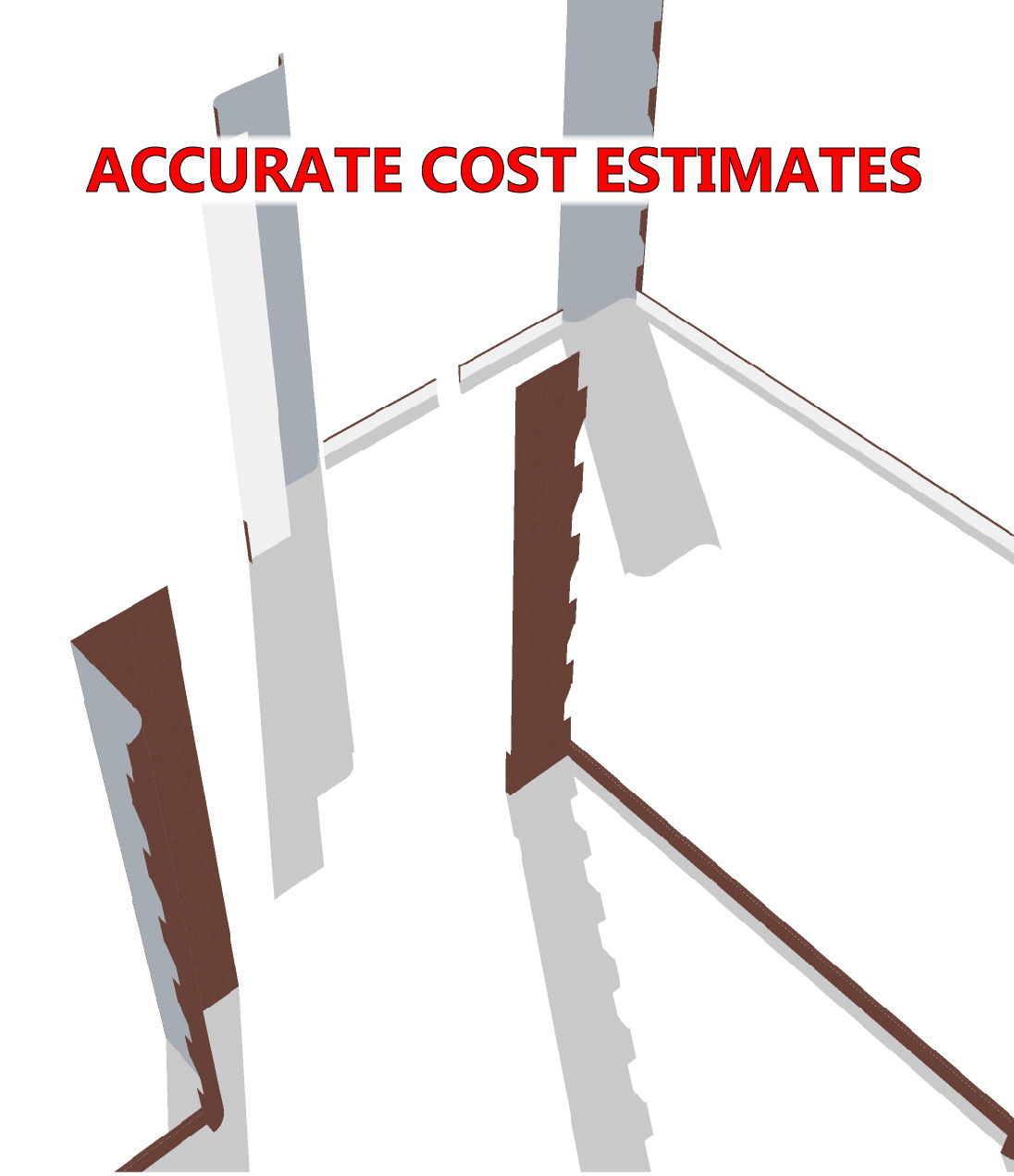Hydrophobic and Self Cleaning Coatings
“Super Hydrophobic” Coatings
The manufacturers and distributors of highly or “super” hydrophobic coatings don’t normally disclose the chemistry of the materials they supply. This Wikipedia article on super hydrophobic coatings identifies the chemistries of the products that fall under the classification. The article lists:
- Manganese oxide polystyrene (MnO2/PS) nano-composite
- Zinc oxide polystyrene (ZnO/PS) nano-composite
- Precipitated calcium carbonate[3]
- Carbon nano-tube structures
- Silica nano-coating[4]
The article says the silica-based coatings cost the least and are presently the most practical because they are gel-based and easily applied either by dipping the object into the gel or via aerosol spray. Oxide polystyrene composites are more durable than the gel-based coatings but applying the coating is much more involved and costly. Carbon nano-tubes are also expensive and difficult to produce. For these reasons the article states that currently the silica-based gels are the most economically viable option.
UltraEverDry “Nanotech” coating at Industrial Products, New Orleans
Superhydrophobic and oleophobic coating for glass, metal, wood, stone / masonry, vehicles, clothing, footwear and equipment.
Ultratech International
Manufacturer of “Ultra-Ever Dry” superhydrophobic and oleophobic coatings
Stocoat Lotusan super-hydrophobic acrylic exterior paint
The same mechanism that causes water to rapidly run off of and clean a lotus leaf is employed in this paint for concrete, stucco, masonry and EIFS surfaces.
Titanium Dioxide Nanoparticles
A new paint that makes robust self-cleaning surfaces has been developed by a team led by UCL (University College London) researchers. The coating can be applied to clothes, paper, glass and steel and when combined with adhesives, maintains its self-cleaning properties after being wiped, scratched with a knife and scuffed with sandpaper.
WELL Shield Intelligent Surfaces
WELL Shield’s LightActive™ coating uses photocatalytic chemistry to continuously deactivate and decompose organic contaminants. Surfaces treated with LightActive™ are said to be self-cleaning and hygienic.
Beyond Teflon: Etching a Dryer Metal
This Durability + Design article describes a discovery by scientists at the University of Rochester regarding hydrophilic and super hydrophobic coatings. This video explains how etching metal surfaces with lasers produces surfaces that are either very absorbent or extremely water repellent.




